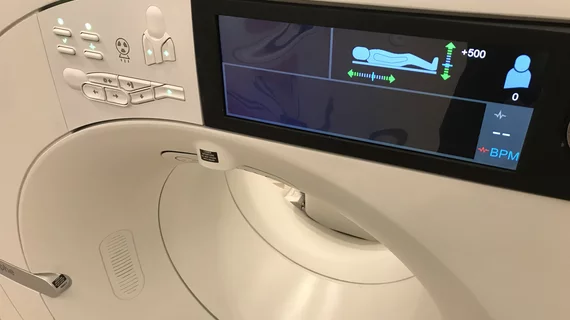CT scans find prone position increases lung recruitment for COVID-19 patients
Using CT scans and electrical impedance tomography (EIT), researchers examined the physiological effects and potential benefits of the prone position on COVID-19 patients with acute respiratory distress syndrome (C-ARDS).
Results, published in Critical Care Medicine, showed that the prone position led to a rise in successful lung recruitment for these patients, increasing airway pressure in order to open previously collapsed areas of the lungs. EIT, which measures dead space in the lungs, found that the prone position reduced dead space in the lungs, leading to an improvement in ventilation-perfusion matching.
“Prone position in patients with C-ARDS is associated with lung recruitment, decreased risk of atelectrauma, and improved indexes of ventilation-perfusion matching when performed early after intubation,” wrote first author Tommaso Fossali, MD, of the department of anesthesiology and intensive care at Luigi Sacco Hospital in Milain, Italy, and colleagues.
Noting that the prone position had already been widely adopted for treatment of C-ARDS at the time of the study, the researchers explained that they initiated the study in order to seek more information on the precise effects of pronation so that they could better understand the reasons behind its reported potential benefits.
“The aim of this study was to further characterize the physiologic effects of prone position on key mechanisms of regional lung protection,” the group wrote.
These findings help explain those effects, shedding light on the links between prone position, lung protection, and improved clinical outcomes for patients with C-ARDS.
Study participants consisted of 21 intubated patients at a single facility in Italy. The patients were sedated, paralyzed, and mechanically ventilated on standardized settings using a pressure-regulated, volume-control (PRVC) ventilation mode.
Related COVID-19 Content:
AI predicts COVID prognosis at near-expert level using CT scoring system
One-quarter of severe COVID-19 patients retain lung problems 1 year after discharge, CT scans show
Radiologist and noted COVID-19 expert shares 5 lessons learned from the pandemic
‘Unusual’ pattern on PET/CT scans may indicate omicron, imaging experts warn
